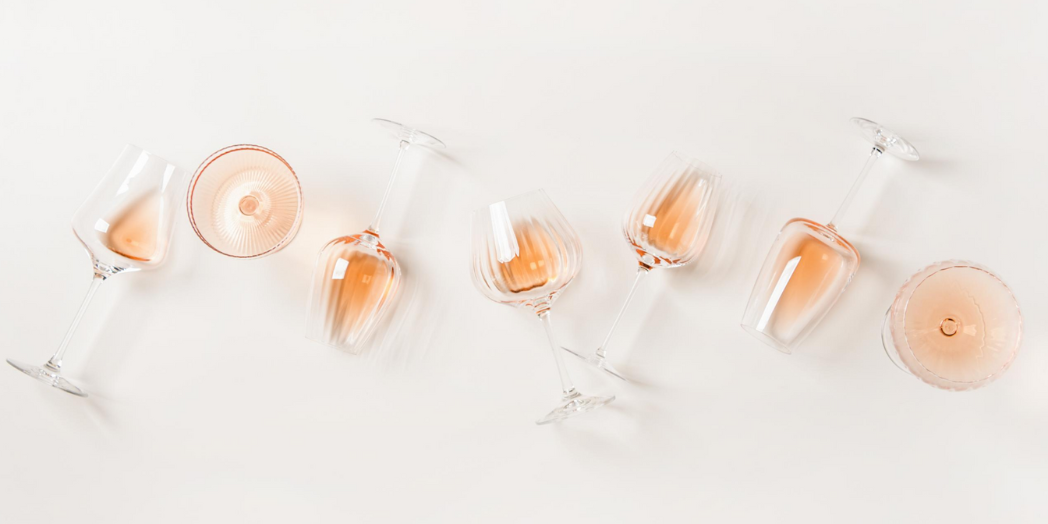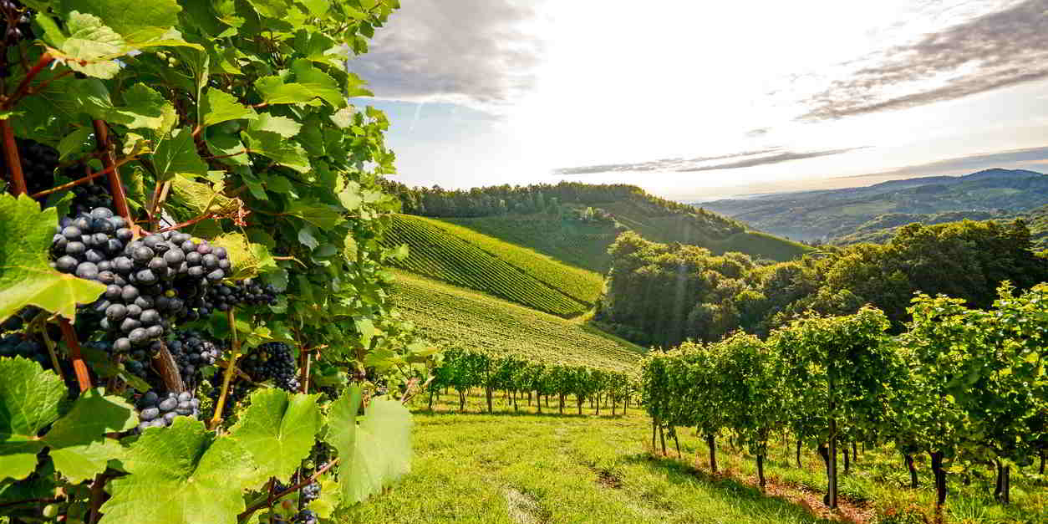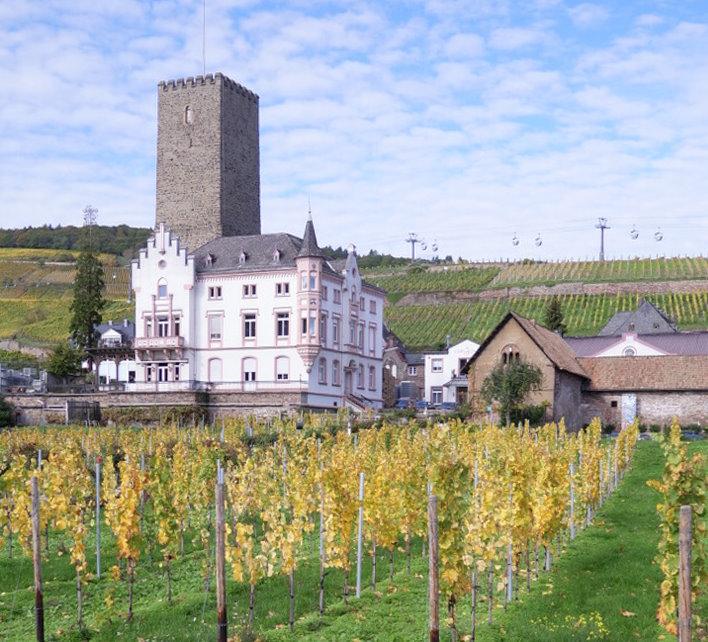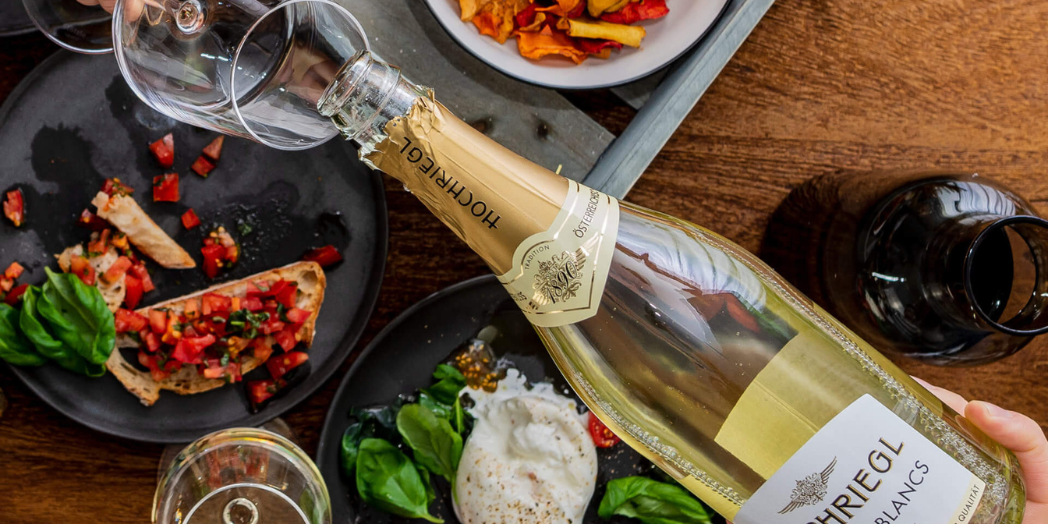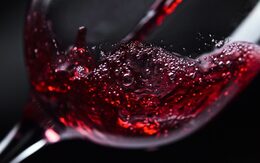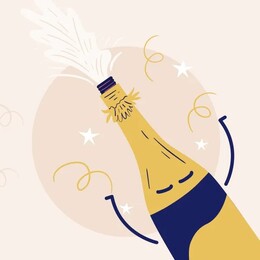Elixir without promile: The secret of making non-alcoholic wine

Do you like non-alcoholic wine? Would you like to know how it is made? Read our article!
The production of non-alcoholic wine is a fascinating process that combines traditional winemaking practices with modern technologies to remove alcohol from wine. This process allows consumers to enjoy the taste and aroma of the wine without consuming alcohol, making it ideal for those who want to avoid alcohol for a variety of reasons such as health reasons, pregnancy or simply preference.
Selection of grapes
The first step in making non-alcoholic wine is choosing the right grapes. Grapes are usually chosen with an eye to their flavour profile, acidity and sugar content, which are key to creating a full-flavoured wine. The same grape varieties are often used for non-alcoholic wine production as for traditional wines, such as Chardonnay, Cabernet Sauvignon or Merlot.
Fermentation
As with traditional wine, the production process for non-alcoholic wine begins with fermentation. The grapes are pressed to extract the juice, which then goes through the fermentation process. Fermentation takes place in the presence of yeasts, which convert the sugars in the grape must into alcohol and carbon dioxide. This process is key to the development of the aromatic and flavour characteristics of the wine.
Removal of alcohol
Once fermentation is complete, the most important step is the removal of alcohol from the wine. There are several methods used for this purpose:
- Vacuum distillation: This method involves heating the wine at low pressure, which lowers the boiling point of the alcohol, thus allowing it to evaporate at lower temperatures. In this way, the aromatic and flavour components of the wine are preserved while the alcohol is removed.
- Reverse osmosis: In this method, the wine is forced through special membranes that allow the alcohol molecules to be separated from the other components of the wine. This process is gentle and effective because it preserves the original flavour profile of the wine.
- Rotating cone column: This process involves the use of a rotating cone that separates the alcohol from the wine through centrifugal force. This method is very gentle and can preserve the delicate aromas of the wine.
Flavour modification and stabilisation
Once the alcohol has been removed, it is often necessary to modify the taste of the wine, as removing the alcohol can alter its original flavour profile. Winemakers can add natural flavours or sweeteners to restore the balance and complexity of the wine. Stabilizing the wine is also an important part of this step to prevent it from fermenting further or changing flavour during storage.
Bottling and storage
The final step is the bottling of the non-alcoholic wine. This process takes place under sterile conditions to ensure the long-term quality and stability of the wine. The bottles are then sealed and ready for distribution.
Non-alcoholic wine should be stored in a similar way to regular wine - in a cool, dark place to preserve its quality and flavour. Most non-alcoholic wines are ready to drink immediately after bottling, but some may age and develop a more complex flavour profile during storage.
Benefits and trends
The production of non-alcoholic wine has seen a surge in popularity in recent years, and not just among people who avoid alcohol. Non-alcoholic wines offer the opportunity to enjoy sophisticated taste experiences without the side effects of alcohol. This trend is also supported by improving technology, which is making it possible to create ever higher quality and tastier non-alcoholic wines.
In addition, non-alcoholic wines can be a great option for those looking to reduce their caloric intake or consume healthier alternatives to traditional alcoholic beverages. Many winemakers are striving to produce non-alcoholic wines with an emphasis on organic and sustainable production, which is also contributing to their growing popularity.
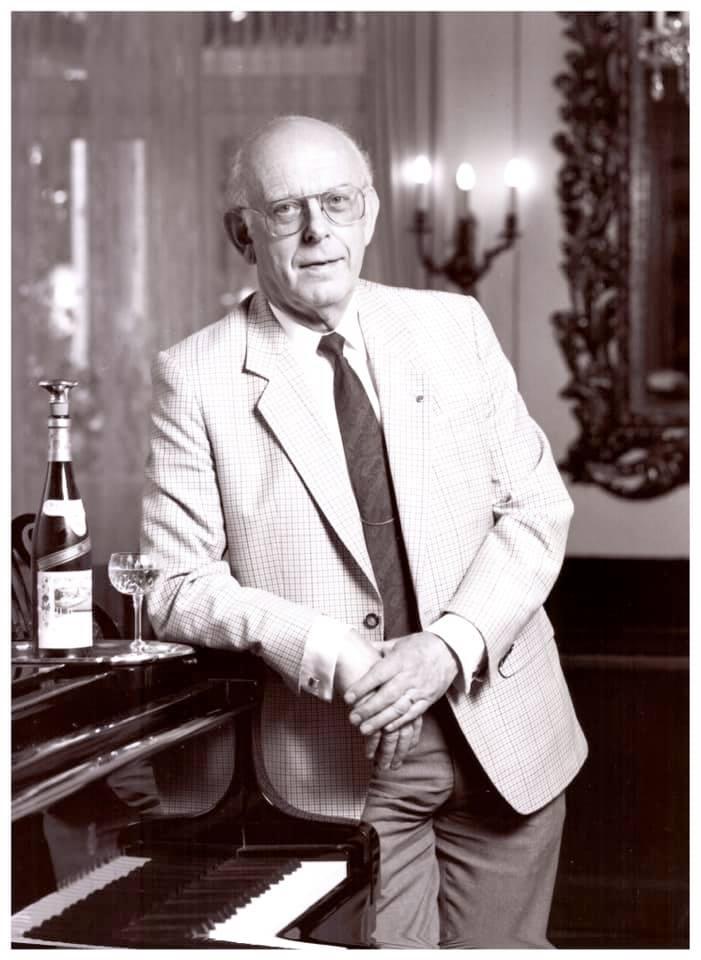
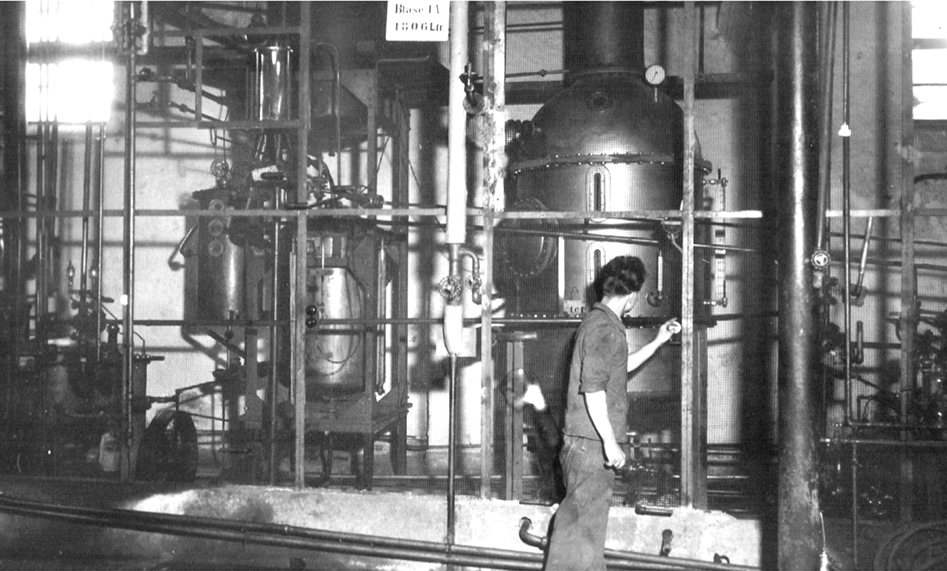
Dr. Carl Jung
The story of the wines of Carl Jung
At the beginning of the 20th century, Dr. Carl Jung, a wine merchant and son of a wine-growing family from the Rheingau region, was intensely concerned with the question: Can wine be enjoyed without alcohol? The decisive factor was that more and more customers at that time had to give up wine because of health problems. But Carl Jung was convinced of one thing: wine needs taste, not alcohol. Inspired by the Himalayan expeditions that had recorded the violent grip of water at extreme altitudes, he came up with a groundbreaking invention in 1907. He developed the vacuum extraction process. Alcohol is gently extracted from wine at temperatures below 30 degrees. The process of recovering the aroma captures the natural flavours of the wine. The bouquet and flavour are preserved. He received a patent for his process and thus became the inventor of alcohol-free wine. The enthusiasm and years of research into his invention have led to other patents that continually improve the quality and taste of our alcohol-free wines. For more than 100 years now, and in the fifth generation living at Boosenburg Castle, the passion for alcohol-free wines and sparkling wines is progressing. They thus support the beliefs and vision of Dr. Carl Jung:
Wine needs taste, not alcohol.
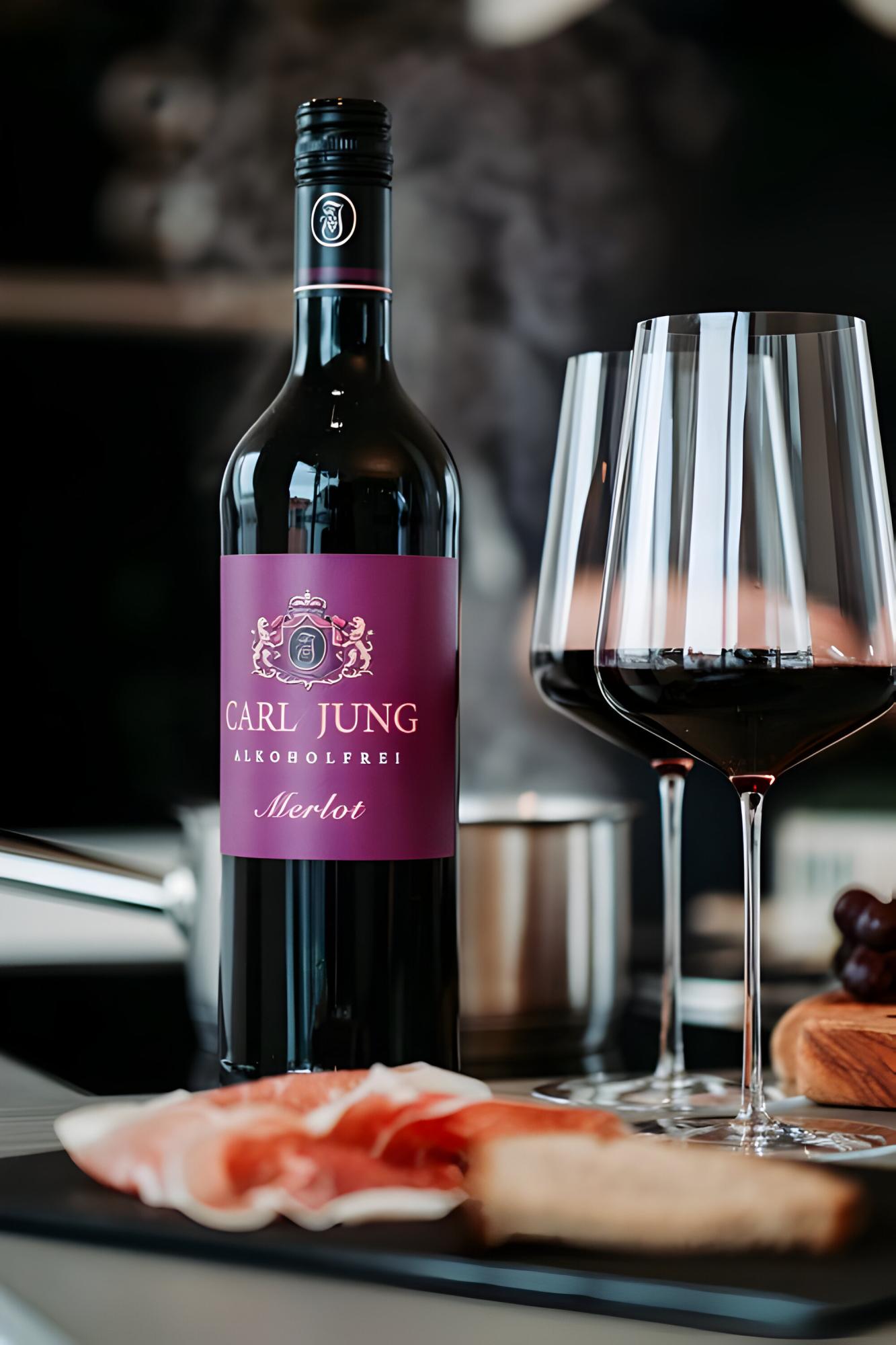
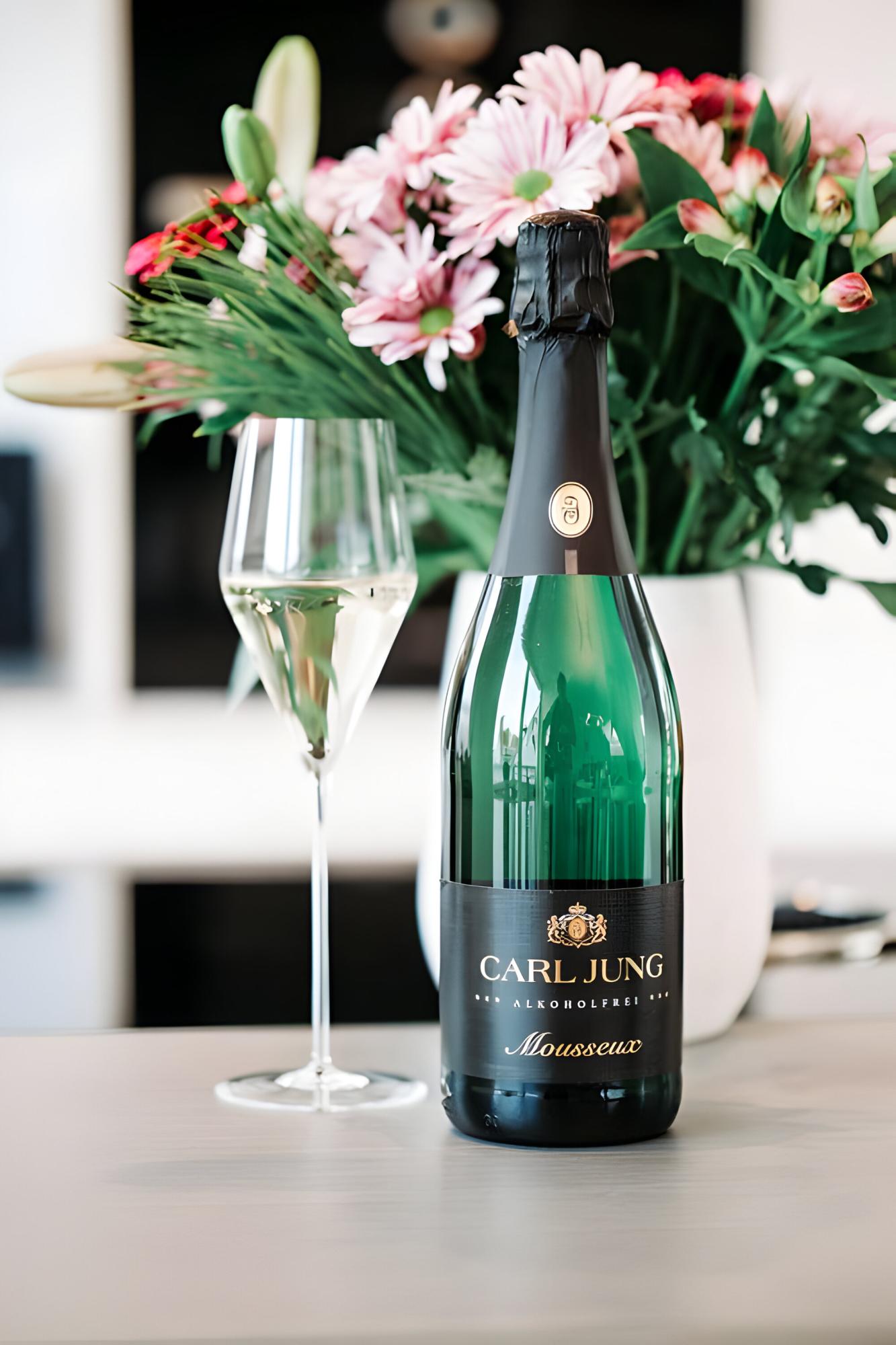
The story of Hochriegl wines
Every beginning is magical. This one started more than 130 years ago... Johann Nepomuk Kattus started producing sparkling wine in Vienna in 1890. His best vineyard on the Nussberg in Vienna eventually gave the name to the brand "Hochriegl". The Viennese of all social classes were enthusiastic about the new sparkling wine, and in 1898 the producer Hochriegl was appointed supplier to the imperial and royal court. Supplier to the court. The First World War, the disintegration of the monarchy and the economic crisis brought hard times for society. Luxury goods did not flourish again until the 1950s. In 2009, the Hochriegl brand, Kattus' strongest brand, was taken over by the sparkling wine producer Schlumberger and further expanded in the following years. Hochriegl has been part of Viennese culture from the very beginning. The range of sparkling wines with which Hochriegl adds sparkle to both big and small moments is as diverse as the cultural life of today's Vienna - and not only in Vienna. That's why they also produce non-alcoholic sparkling wines in two versions: white and rosé.

Vienna
Non-alcoholic wine is an excellent alternative for those who want to enjoy the taste of wine without alcohol. The production of this drink requires precise work and expertise to achieve high quality and preserve the authentic taste. With the growing demand for non-alcoholic drinks, we can expect non-alcoholic wines to become even more widespread and available in a variety of flavours in the future.


